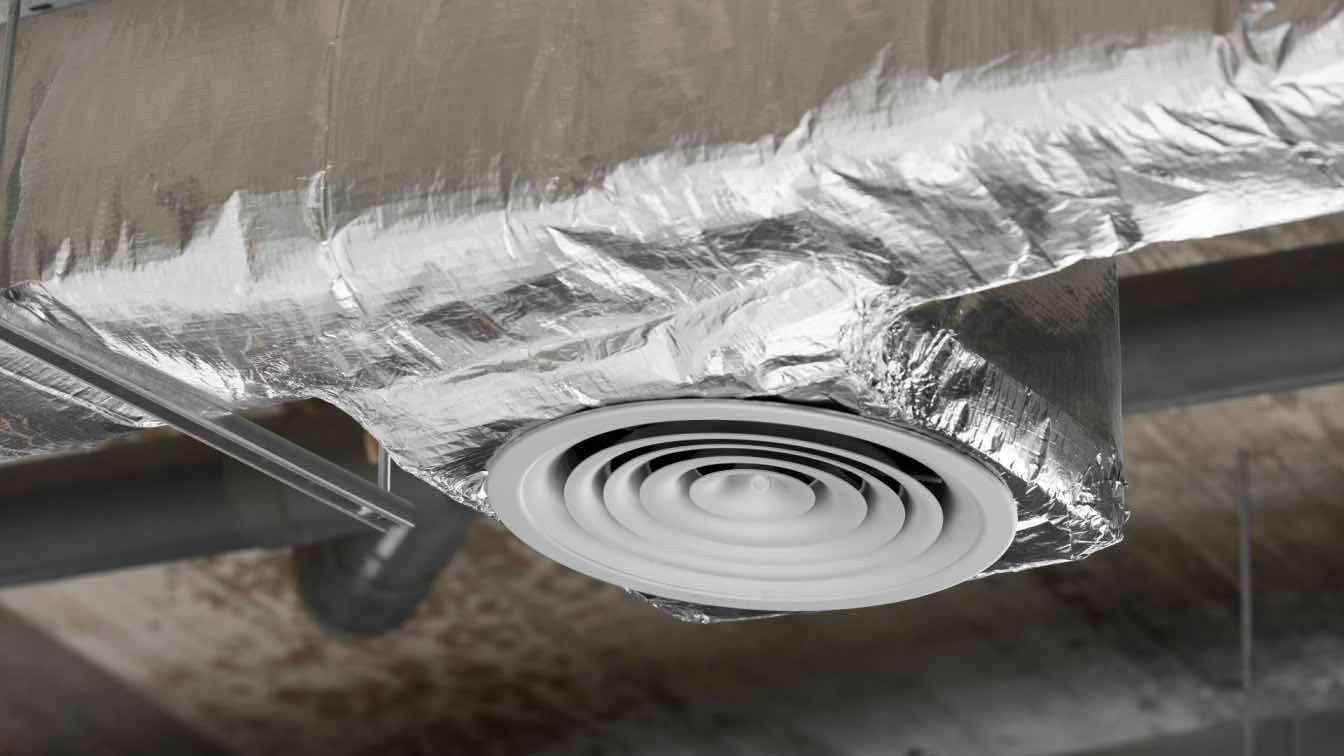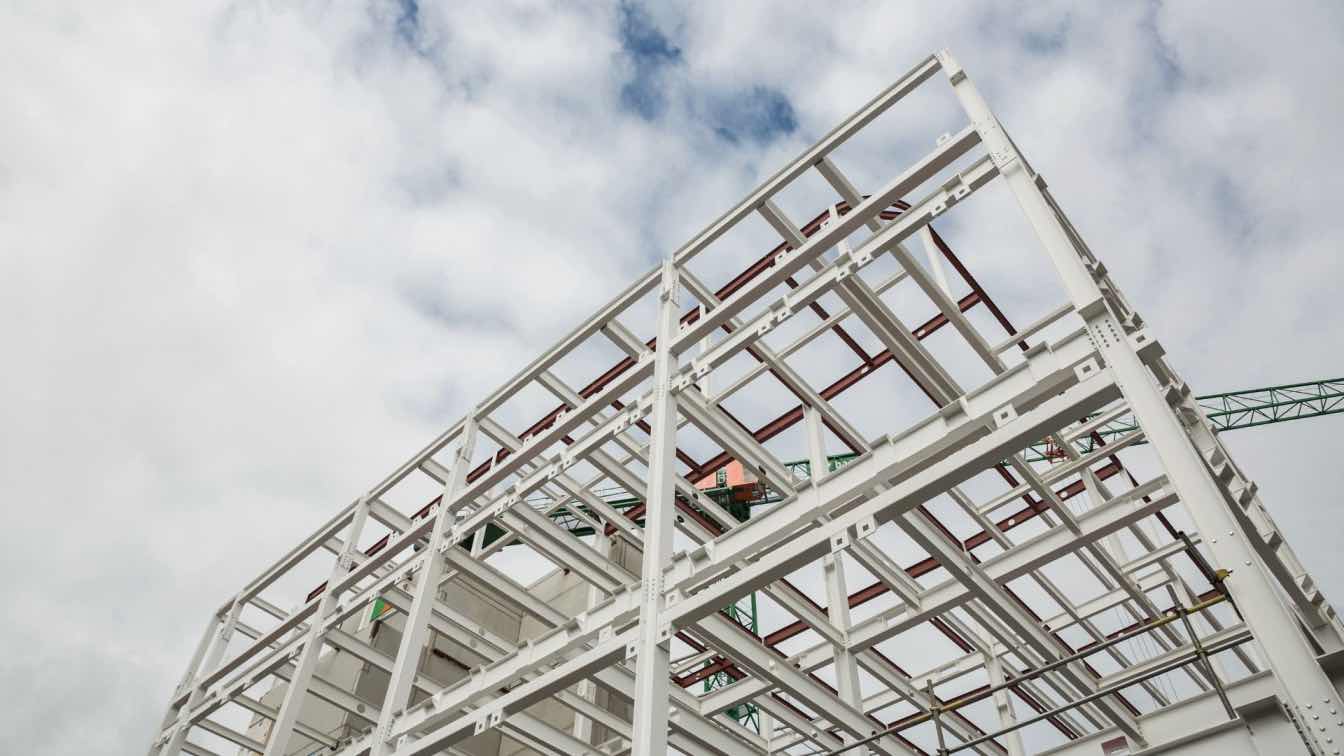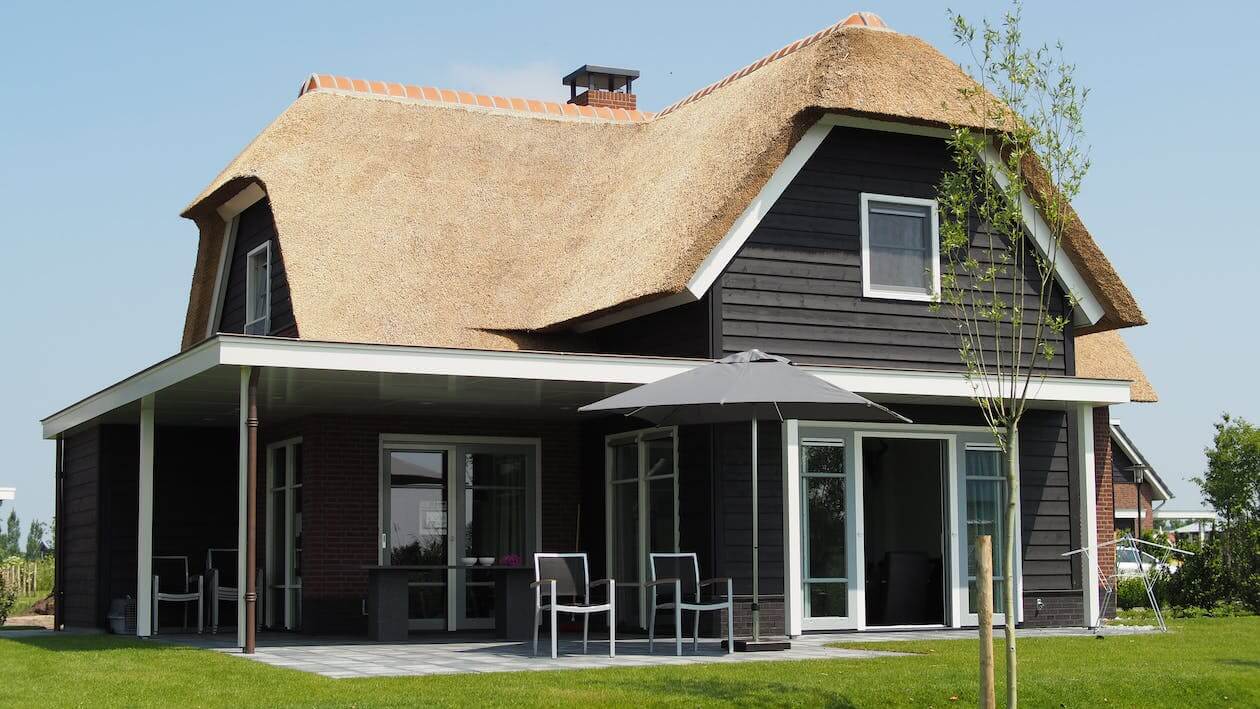Most homeowners underappreciate how proper dryer vent cleaning Toronto dramatically affects energy efficiency, operating costs, and equipment longevity once experiencing eventual problems from neglecting necessary periodic maintenance. Dryer venting is a maintenance precaution that every homeowner should embrace.
If you have realized rapid fluctuations in energy bills, it may be a clear sign you need to check the cleanliness of your dryer vent. Here are professional tips on dryer vent cleaning Toronto enabling substantial energy savings at home while avoiding common issues degrading appliance performance over time.
1. Clear Lint To Increase Airflow
Compressed lint severely reduces home airflow volumes exiting ducts to outside atmospheres. So, dryers must run excessively long, trying harder to eliminate internal moisture against restricted outlet flows.
Professional dryer vent cleaning Toronto removes such blockages, allowing rapid ventilation, faster drying times, increased efficiency, and conserving energy.
2. Reduce Drying Times
Longer run times wasting energy usually indicate ventilation inadequacies rather than electrical malfunctions. Restored unobstructed ducts facilitate faster moisture evaporation without machines overworking to emit heat against air-hungry lint clogs slowly.
3. Lower Heat Requirements
Congested duct airflow forces dryers to generate additional heat, trying to warm slower-moving airs against increased static resistance from tightly packed lint inside ventilation piping.
Removing such obstructions allows smoothly flowing air, transferring heat faster to absorb and displace moisture using less energy.
4. Improve Heat Pump Efficiency
Modern electric dryer heat pump operations amplify energy economies while reducing environmental impacts.
Professional cleaning enables the heat pump to function appropriately and efficiently.
5. Reduce Drying Cycles
Laundry drying energy gets wasted over-reheating, essentially dry cloths churning inside machines needlessly for hours after initial moisture evaporated simply from lacking airflow to expel humidity.
Unblocking ducts via professional cleaning cuts most drying cycles by over half, conserving electricity, gas utilities, and equipment longevity remarkably.
6. Lower Gas Usage
Like electric variants, gas dryers must also run excessively long trying to evacuate moisture through restricted ducts unable to adequately vent humid exhaust airflow volumes generated within machines during typical operation cycles.
Certified vent cleaning specialists restore proper flows, allowing faster humidity dissipation without wastefully overworking gas valve components.
7. Fix Ventilation Issues
In addition to clearing lint debris, Toronto dryer vent cleaning technicians diagnose and correct supplementary ventilation inadequacies, decreasing appliance drying performance. This includes improper terminations and excess run distances.
Corrected ductwork further amplifies energy economies.
8. Reduce Dryer Overworking
Trying harder to displace internal moisture through severely limited vent duct flows overworks motor assemblies and rotating drums prematurely failing after months or years, straining beyond mechanical design capacities, and eventually burning out key components.
9. Validate Proper Venting
Shared multi-appliance ducting risks blowback fires spreading between devices. Licensed contractors trace all hidden duct routes during cleanings to verify dedicated independent venting to outside, meeting safety mandates.
Proper venting also ensures optimum appliance functionality in addition to energy-saving
10. Improve Filtration
Inline exhaust filters prevent airborne contaminants and off-gassing from embedded lint entering living spaces when dryers run, improving indoor air quality.
With good air quality inside, you won't need to keep the ventilators running to circulate good air. This eventually saves energy that could be used to run the ventilation system.
11. Adjust Airflows
Special instrument testing by contractors confirms balanced duct airflows. Unbalanced flows decrease efficiency. Tech adjustments restore efficiency so that reasonable energy will be used.
12. Upgrade Ducting
Crushed or very flexible ribbed piping causes excessive air turbulence, reducing carrying capacity. Rigid, smooth metal ducts maximize defined airflow volumes, supporting peak appliance efficiency and energy economies.
13. Reduce Ambient Heat
Cooler laundry room temperatures increase energy savings by improving heat pump efficiencies struggling to operate in hot surrounding atmospheres that degrade heat transference differentials for extracting humidity.
14. Clean Exterior Vents
External vents attract dense nests, blocking airflow. Specialized long-reach vacuum rods clear blockages without dismantling housings. Restored exterior grilles prevent recurrence.
15. Define Exhaust Direction
Poorly positioned wall vent terminals allow prevailing winds to blow exhaust airs back inside homes rather than safely directing emissions away from structures.
Correctly angled hoods prevent backdraft contamination and aid airflow volumes exiting outdoors; hence, only a little energy is needed to direct air outside.





